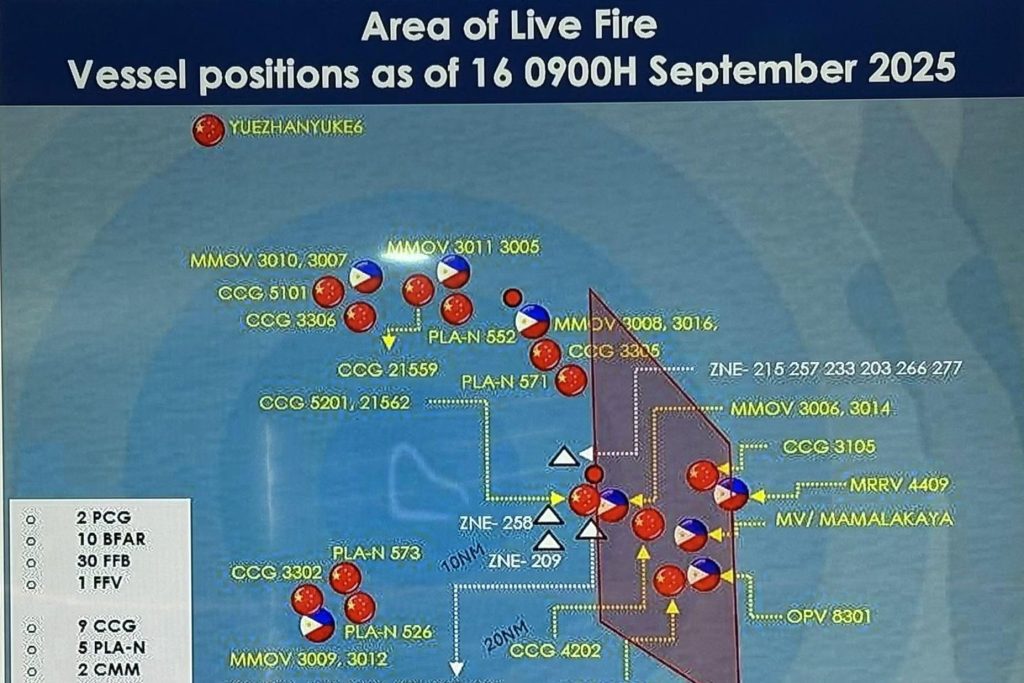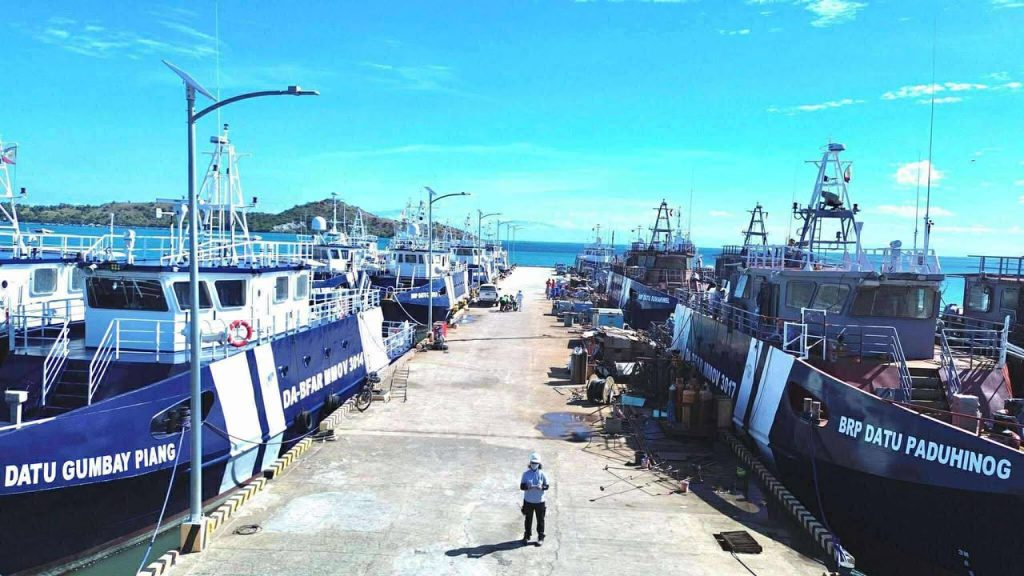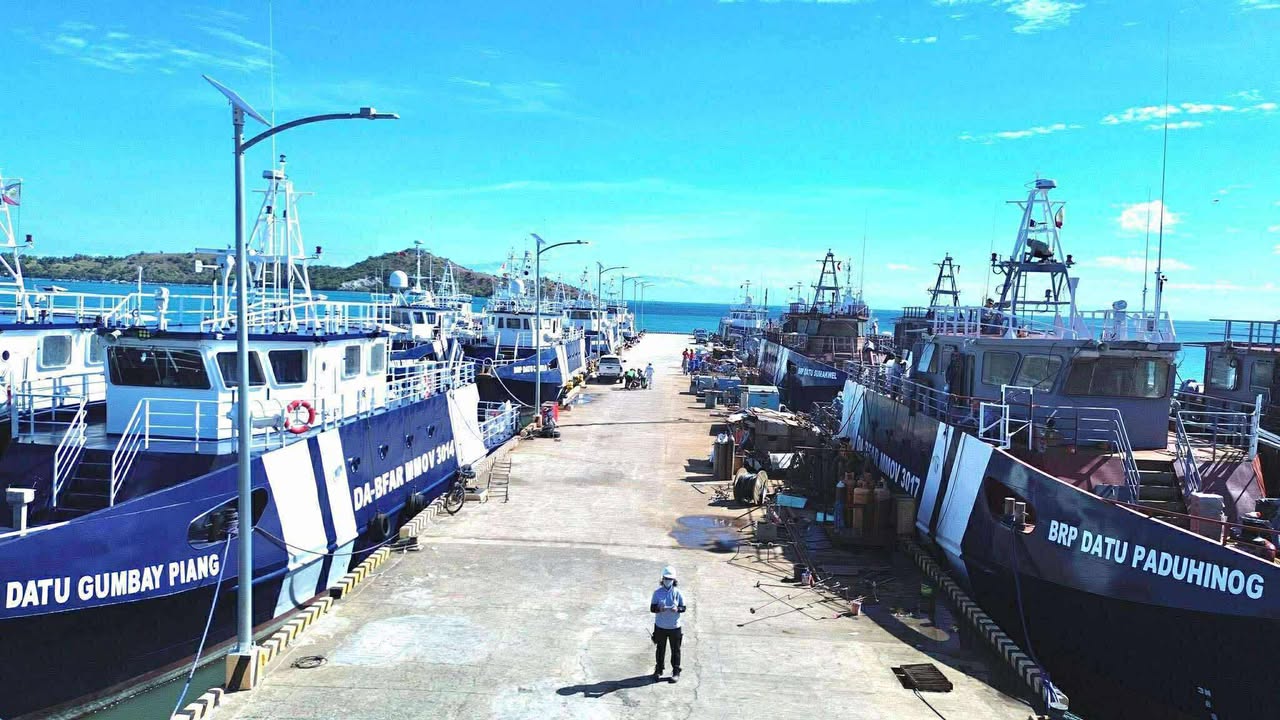BFAR’s new Josefa-made vessels as an effort to counter Chinese Maritime Militia
Recently, Panatag Shoal made headlines once again across mainstream media outlets here in the Philippines as China recklessly issued a ‘live fire exercise‘ warning east of the said shoal in the highly-contested flashpoint in the West Philippine Sea.
While this newest set of escalation come as part of the compounded pressure of the Chinese in an attempt to undermine Philippine presence and resolve in re-securing the Panatag Shoal as it is part of the Philippine Exclusive Economic Zone granted by the United Nations Convention on the Law of the Sea or UNCLOS, this so-called ‘advisory’ is just one of the antics that China pushes with its assertiveness approach that wins support in the mainland through its propaganda machinery, along with the deployment of Chinese Maritime Militia as an augmentation of the China Coast Guard to ensure such ‘enforcement’.
The numerical presence of the Chinese Maritime Militia gives a problematic equation in the dynamics of how the Philippine authorities push against their presence in areas within the country’s Exclusive Economic Zone, namely the Panatag Shoal and all the features that fell under the Kalayaan Island Group.
As the Philippine authorities now looking for ways to counter the Chinese Maritime Militia, one idea rose up in a way that it involves another government agency that goes differently with both the Philippine Coast Guard and the Philippine Navy, both the usual actors that provide its presence in the West Philippine Sea. Entering the scene is the Bureau of Fisheries and Aquatic Resources or BFAR.

The map presented above originated from Zen Hernandez of ABS-CBN News shows the number of BFAR’s Multi-Mission Offshore Vessels or MMOV, likely the 30-meter Datu Cabaylo-class MMOVs that the maritime agency under the Department of Agriculture bought from Josefa Slipways Incorporated.
From the map presented, the Bureau of Fisheries and Aquatic Resources deployed at least ten (10) Multi-Mission Offshore Vessels in the area aside from having two (2) Philippine Coast Guard vessels, with the vessels being BRP Cabra (MRRV-3309) and the BRP Gabriela Silang (OPV-8301), along with the deployment of the M/V Mamalakaya and several fishing vessels, totaling at least forty-three (43) Philippine vessels being present at Panatag Shoal.
Accordingly, BFAR have ordered at least twenty-four (24) units of the Datu Cabaylo-class MMOVs for its operational use, in which it can go at par or more with the number of Maritime Militia Vessels deployed in one area in the West Philippine Sea.
However, China still deploys both more of its coast guard and maritime militia vessels, in which it will find a hard time for the Philippine Coast Guard, BFAR, and the Philippine Navy in countering them, although the numbers presented shows that the country still gives stand and shows resolve in securing both Kalayaan Island Group and Panatag Shoal in the West Philippine Sea.
Still, the shipbuilding capabilities of Josefa Slipways to provide vessels to the Bureau of Fisheries and Aquatic Resources in record numbers come as the start, as it will augment with the Philippine Coast Guard’s plan to get its own number of vessels that will give weight in countering the numerical superiority of both China Coast Guard and Chinese Maritime Militia vessels that are illegally loitering within the Philippine Exclusive Economic Zone.

=====

(c) 2025 Pitz Defense Updates, a Pitz Defense Analysis extension.

